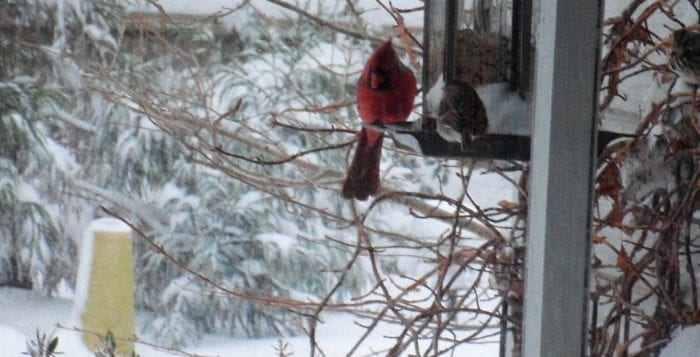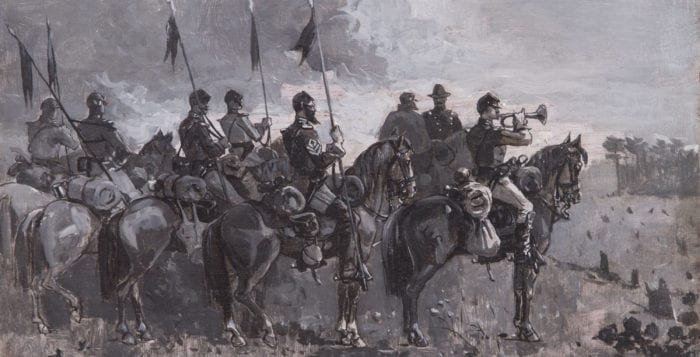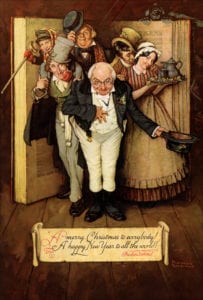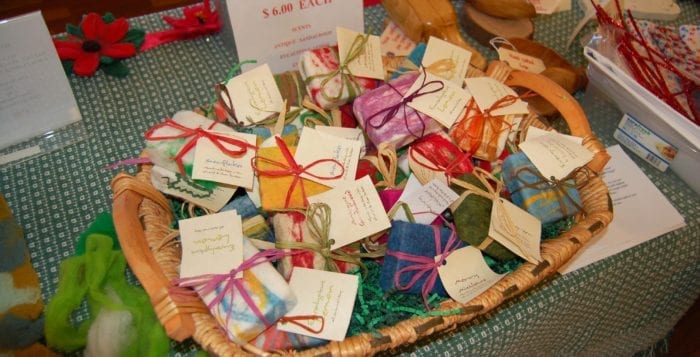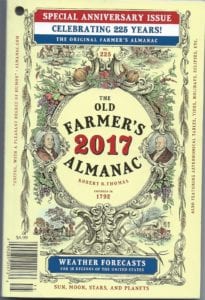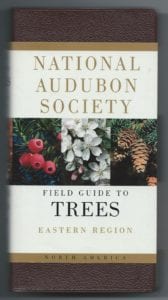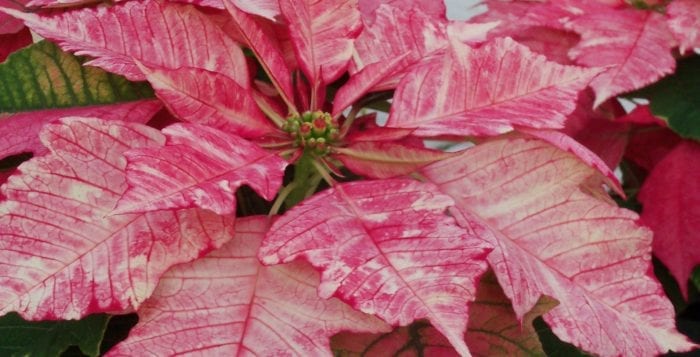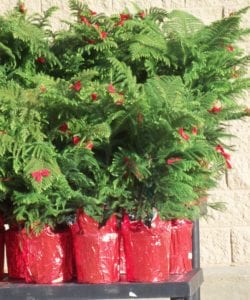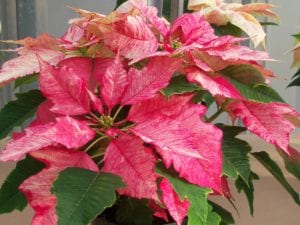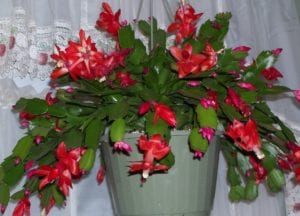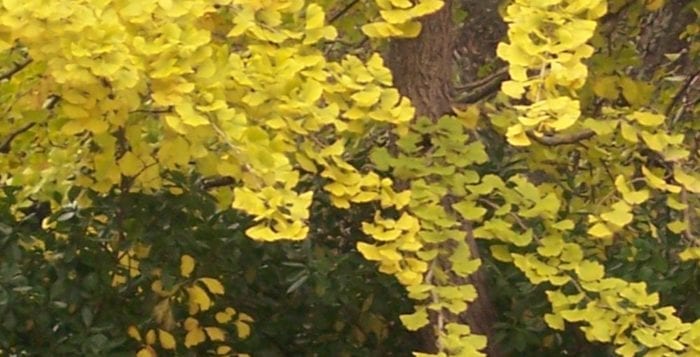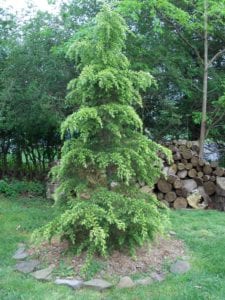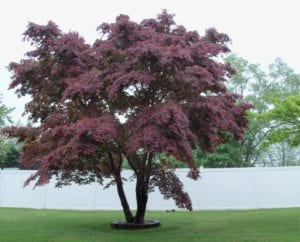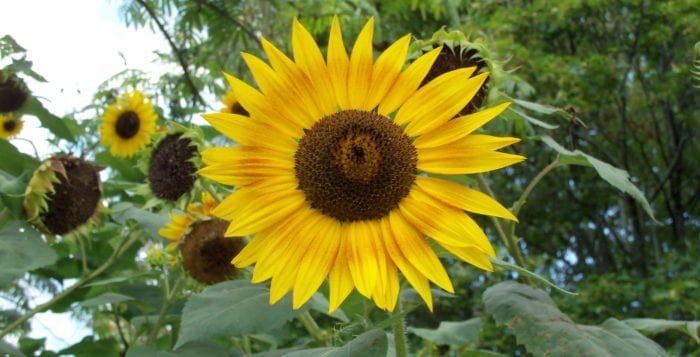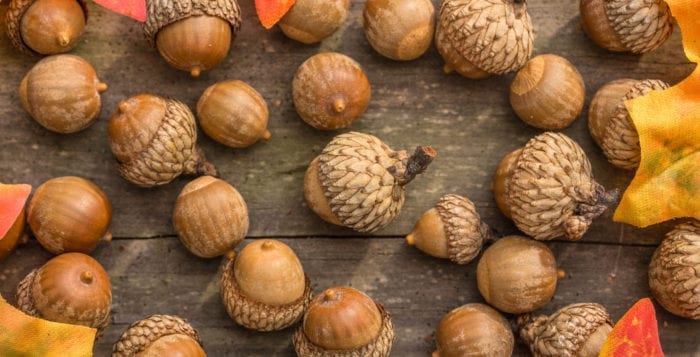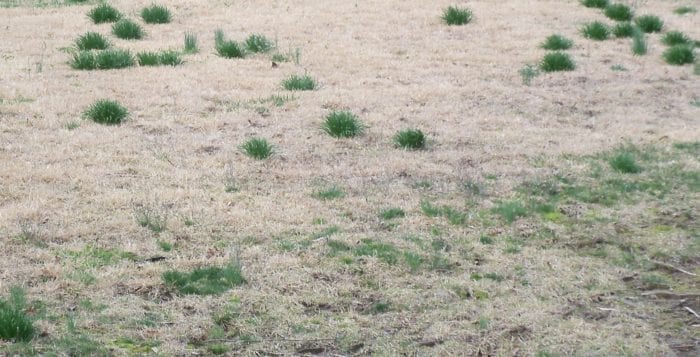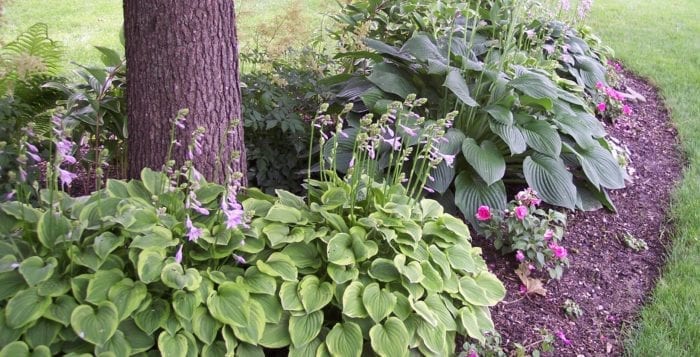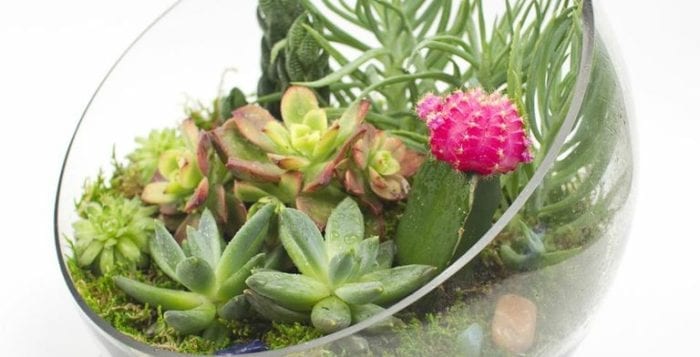By Ellen Barcel
Winter’s on its way, despite the really mild autumn we’ve had. And yes, as of this writing, I still have geraniums and roses blooming. Here are some things to remember for the cold days and nights ahead.
Predictions for this winter include a milder (but still cold) and, according to the Old Farmer’s Almanac for 2017, snowy winter. If you haven’t done so already, check out your trees for damaged and dead branches, which can easily come down in a storm especially an ice storm. Call in an arborist as needed.
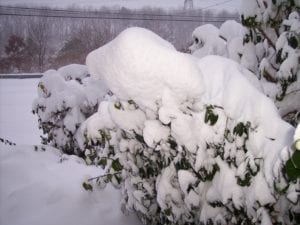
Remove heavy wet snow from shrubs if possible to do it safely (safety for yourself first and then the plant), so that branches don’t break after storms. And yes, remove any icicles if possible, but not branches coated with ice. You’re more likely to damage the plant trying to remove the ice. Most plants survive icing well. Come spring trim any broken branches as needed.
Another prediction I’ve seen is that despite the last few rains, we may have a time of drought coming up. If the ground is not frozen and there hasn’t been much rain, you need to water accordingly, especially newly planted ones. Also, you may need to wrap some evergreens, again especially newly planted ones, to protect from dry wind.
Remember to water periodically (usually once a month) any potted tender plants, like fig trees, you’ve stored over winter in an unheated garage or basement. You’ll know when to bring them out in the spring when you see the green buds starting to open.
Salt is a big danger to plants. Some agricultural fields in the Netherlands that were flooded during World War II with salt ocean water did not produce for many years after. So, when you select plants that will grow near the roadside, make sure they are somewhat salt tolerant so that salt spray from the road in winter doesn’t damage your plants. Holly and crepe myrtle are just two of these plants. But your grasses may not like the salt, so when spreading an ice melt on your driveway look for one that doesn’t harm plants. Note, there are also ice melts that are safe on dogs’ paws. If your regularly walk your dog in a certain area that needs de-icing, looking for the appropriate one.
If you are so near the coast that your property floods with severe storms, grow your least salt-tolerant plants in containers that can be moved to a safer location when such storms are predicted.
If you feed the birds during the cold months, you may want to use a variety known as “patio mix,” seeds without shell. There’s less mess. Also, don’t put out so much bird seed that a lot falls on the ground and isn’t eaten, or you’ll find the excess seed sprouting come spring, making more weeds to pull. Been there, done that.
If you have a living Christmas tree (one with roots attached), move it outside as soon as possible after the holidays. Keep it watered during times of drought. Plant it as soon as the ground is workable in late winter or early spring. When buying a living tree, check to make sure you don’t plant a tender one outside, like the holiday-decorated Norfork Island pine, which can only be grown as a house plant in a climate zone (with summer’s outdoors).
Ellen Barcel is a freelance writer and master gardener. To reach Cornell Cooperative Extension and its Master Gardener program, call 631-727-7850.

